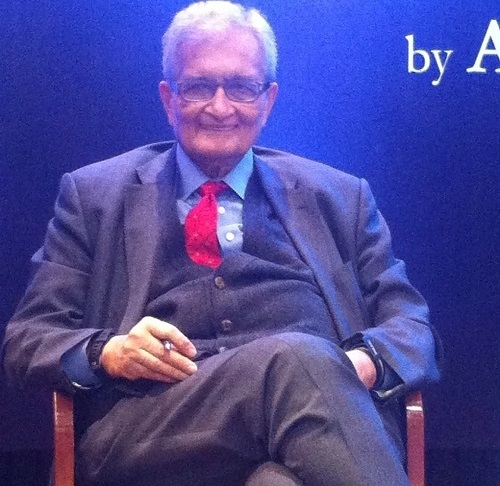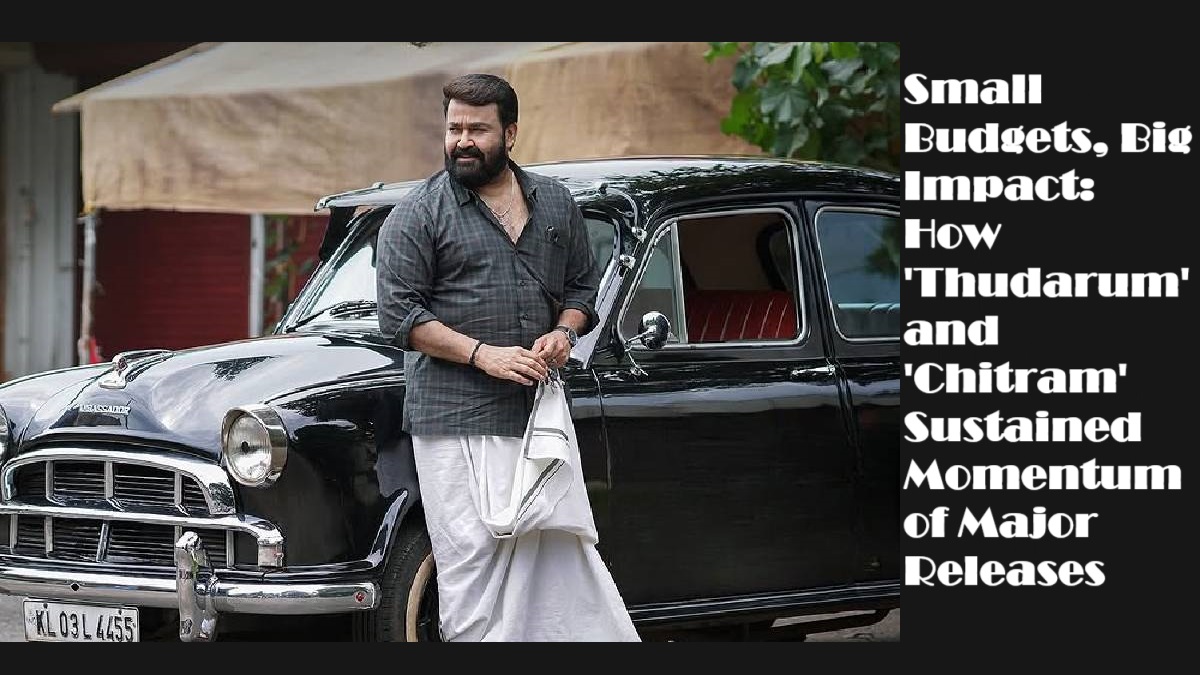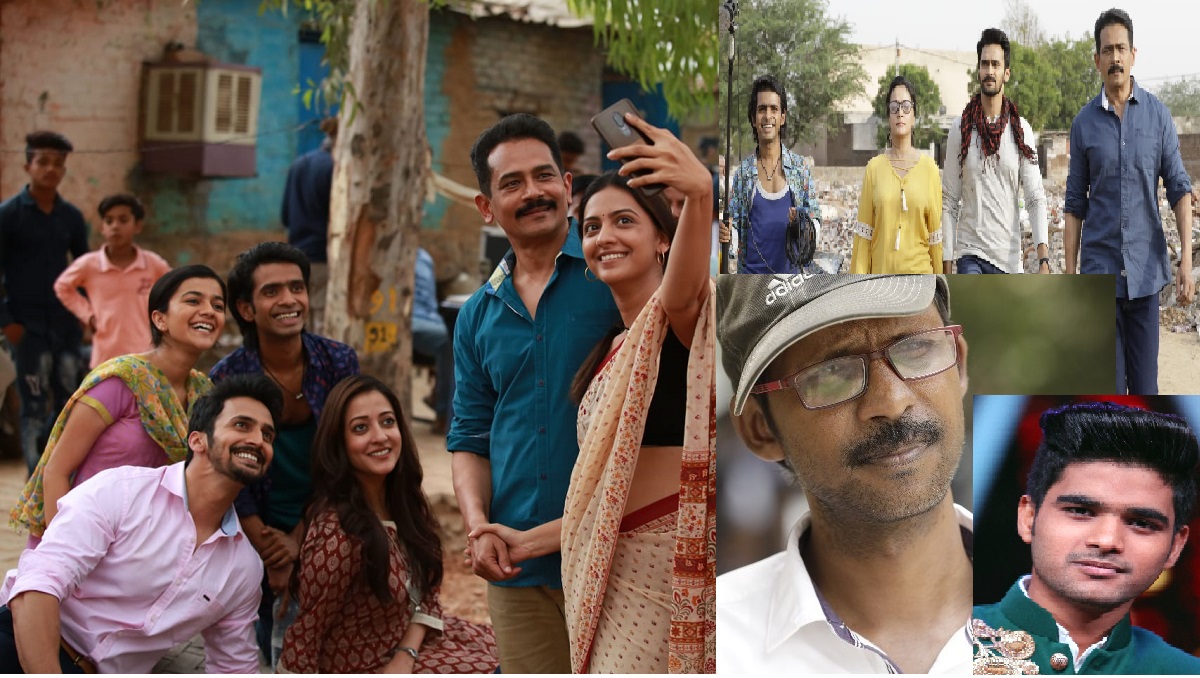Amartya Sen’s reflection on contemporary issues
The auditorium was jam packed for Amartya Sen reflection on contemporary issues at the India International Centre, in Delhi where he had come to discuss his new book, “The Country of First Boys“. “This book is a celebration of the mind which sees, judges but does not necessarily pass a verdict on,” says Gopalkrishna Gandhi, who was the moderator at the meeting.
Hiranya Mukherjee is described by him in the book as one of his heroes and Hiranya Mukherjee has said famously in his speech that what is true and what is unpleasant has few speakers and few listeners. What is true and what is unpleasant is spoken by few people in our recent century and Amartya Sen is one of them.
This book contains Amartya Sen’s reflection on matters which are beyond what is regarded as his main preoccupation coming from his discipline. His knowledge of Sanskrit is that of a person who has authority over Sanskrit.
Gopakalakrishna Gandhi about Amartya Sen reflection on contemporary issues
According to Gopalkrishna Gandhi, Amartya Sen uses lots of ’em-dash’ in the book. ‘Em-dash’ is the long dash, with the width of capital ‘M’ and the ‘en-dash’, the width of the capital N. The hyphen is smaller than the capital ‘N’. So between the hyphen, the ’em dash’ and the ‘en dash’ we have a gradation of pauses in which lie a great deal of Amartya Sen’s reflections.
He has given through various ’em-dashes’ qualification to what he says in the main. He says for instance that ‘The central question is not – indeed cannot be – whether or not to use the market economy’. “So, in the clause of this book, in the subordinate clause of this book, lies some of the valuable thoughts of the thinker”.
To hate is an art
He says very importantly in this book that today in India it has become very easy to hate. And he quotes Ogden Nash to say that “Every kiddie in School can love like a fool but by God to hate is an art.” Now that Art, by artist and instigators has been raised to a fine art in our times. And the weapon of choice is identity. The identity of each one of us becomes more important.
One of the most extraordinary essays in the books is about the system of calendars. The calendars in India may mean ‘The Gregorian Calendar’, the official calendar – we have a plethora of calendars. And one of the calendars, the ‘Bengali calendar’ is followed by the Bengalis for all significant ceremonies in Bengal.
In the essay, Amartya Sen says that Bengali calendar follows modifications made by Akbar, know as ‘Tarikh-e-Ilahi’ when he brought it in line with the ‘Islamic Hijri Calendar’ in which the first year was the year when Prophet Mohammed went from Mecca to Medina. So highly ritualized observances in Bengal are following a Hijri Protocol. But going beyond that, Amartya Sen talks during the interaction about the tumult of dates and definitions of date mean for us in India. 
![]()
What does Calendar mean to the culture of India?
“I got involved because I was struck by the multiplicity of calendars in India. One or two of them are very much based on Imagination about Kalyug of the calendar. But most of them are based on Astronomical observation. And some of our great Mathematicians like, Aryabhata comments on Shakha Calendar in 499, and he talks about the nature of these calendars.
Aryabhata the great originator of the school of thought
Aryabhata was a person who believed already that Sun did not go around the Earth. And it was the motion of the Earth that made Sun go round. In Arabic literature, Aryabhata was translated three or four times; Brahmagupta 7 or 8 times.
Al Biruni
Al Biruni, who came to India at the turn of the millennium, he discusses Aryabhata and his views about gravity. If it is the case of the earth churning how come things are not being thrown out and Al Biruni said – Aryabhata claims that every object attracts another object and Earth being a rather large object compared to us, we don’t get thrown out because we are pulled back to the Earth.
So this was one of the early discussions of gravitational forces. But one of the issue he raised is about Prejudice and Open Mindedness. Aryabhata was the great originator of the School of thought. But Al Biruni had many reasons to believe that Brahmagupta was probably a bigger mathematician eventually because many of the problems that are still regarded very more prominent had come later than Aryabhata.
Brahmagupta
But then Brahmagupta followed Aryabhata in mathematical thinking and developed it. Brahmagupta does not want to break from Hindu Orthodoxy. He claims that Aryabhata should be denounced on grounds he did not believe in the Hindu Orthodoxy. However, he follows Aryabhatta in Mathematics.
He draws extensively on that. Al Biruni tells Brahmagupta that he recognizes that he has made a bigger contribution to mathematics than his teacher, Aryabhata. But why is it you denounce Aryabhata for being Agnostic because you don’t give any argument?
Calculation of the eclipses
And when it comes to calculation the eclipses why is it that you follow Aryabhata method rather than those you think it is important for you to admire and defend. Which means why don’t you calculate eclipses by Rahu and Ketu and so on, rather than the mathematical calculation.
Indian Calendar, Civilization and Pierre-Simon
I think that is a kind of reprimand, which comes from someone outside. And it is a kind of brilliantly delivered question. The great scientist and mathematician Pierre-Simon, marquis de Laplace, makes a brilliant point.
He says that one thing that becomes evident in the Indian Calendar is that this is a civilization, which is much more concerned with analytical thinking and mathematics and not with observational science. He gives the other cultures, the Greek and the Chinese, higher marks for observation-inference; and a higher score for Indian mathematics for that period for Analytical Excellence.
Kaliyuga Calendar
The ‘Kaliyuga Calendar’, sounds like it began 4 million years ago. It is a possible world from the analytical point of view but then, of course, it is not the world in which we live. But then some people believe that it is the world in which we live and keep on denouncing others who try to talk about the world that we live. As the debate, we have today.
Hijri Muslim Calendar
The oldest probably is the ‘Nirvana Calendar’. But the Hijri Muslim Calendar is a Lunar Calendar, and it happens to be ahead of Bengali Calendar. Akbar thought, for the sake of integration that he was wanting, he wanted calendrical unity. He took the Hijra counting up to the date and converted from that point onwards into the solar system.
Akbar converted the date from the date that he ascended the throne. The lunar calendar was going ahead while the Bengali calendar was going slowly. The calculation is very simple. You can easily do the calculation by comparing a Hijri calendar with a Bengali calendar. A calendar has many things to offer. The Bengali calendar, the important thing is, no Hindu ceremony in Bengal completes without invoking the time when Prophet Mohammed went from Mecca to Medina.
India’s Fascination for hero worship?
There were the Dynasty like the Mauryas, the Guptas and so on. The Hindu period, the Muslim period, The Hindu period is a period of 5000 years, which is the bulk of the written history. The kings were Buddhist, and the country was Buddhist. It wasn’t a Hindu period in fact. You can call it ancient period. It was never separated from religion.
Beginning of Nalanda
Nalanda was established in 420 A.D., and it has a Buddhist foundation. The mixture of culture was tremendous then. When Nalanda was started, the Buddhist powers were declining, and the Hindu powers were re-establishing. They happily continued to support Nalanda. That show a degree of magnanimity that would be good to see today.
There was a kind of absorption of world culture. And there is no dishonor to note that there are riddles in Atharvaveda but no maths. The maths came much later through Aryabhata and Brahmagupta. Aryabhata and Brahmagupta were inspired by the Babylonian region and that influence matured India into a Trigonometric Invention. The transmission of scientific knowledge and mathematical knowledge have crossed the world by some of the texts.
Trignometry travelling through civilization
For example, if you take the Trigonometric term like ‘Sine’ – Aryabhata called it ‘Jya’ which means a ‘bow string’. When the Arabs translated it Centuries later, they translated ‘Jya’ as ‘jiba’. But ‘jiba’ did not have any meaning in Arabic, so the later translators in Arabic did change ‘jiba’ to ‘jaib’. Now ‘jaib’ means a ‘bosom’ so in 12th-century, Latin translator, Gerard of Cremona, used the Latin equivalent for “bosom”, sinus; thus, jyā became ‘sinu’.
The interesting thing is when you think about this you have Arab mathematics, Indian Mathematics, European Mathematics. And Indian mathematics inspired by Babylon. As you can see, there is a kind of secularity of movement. And it is that we have to give a regard and not allow ourselves to be localised.
Regarding Sanskrit as a language coming from a particular religious era
Sanskrit is a vehicle also of Textual Buddhism, Jainism apart from Hinduism. There are different types of Sanskrit – Classical Sanskrit, Vedic is different Sanskrit.
Originally Buddhist texts were in Sanskrit, but Buddha was egalitarian. But he said that the text should be in colloquial. Which was then practised and that people could not follow in sophisticated Sanskrit anymore. So ‘Dharma’ became ‘Dhama’.
Sanskritisation
So they had to do Pali and Sanskrit. There was a Sanskritisation that took place in Buddhism. When the great philosophical works were done, they were using proper classical Sanskrit. Buddhism went from a written Sanskrit to a colloquial Sanskrit and back to a very classical Sanskrit. When I was visiting Thailand, I talked to some of the Buddhist scholars. They were very well versed in Sanskrit.
The great mathematician Al-Khwarizmi, whose book ‘Al-kitāb al-mukhtaṣar fī ḥisāb al-ğabr wa’l-muqābala’ (The Compendious Book on Calculation by Completion and Balancing) was the source of Algebra, was also a Sanskrit teacher. So there is a kind of a whole movement of ideas. I think we have to give the languages the life and the dynamism that they have. And recognize what they are rather than freezing them.
Supreme Court order that debars persons without requisite education, no toilet, more than two children, leprosy, from contesting Panchayat elections.
We have to distinguish between what our objectives are and what the state of the country is. If you say that everyone should be literate, and everyone should have toilets in their houses, that does not mean that until that happens these people are not people; and not citizens. Those who don’t have these facilities are the strongest influences in fighting for that and to eliminate them from contesting.
And to say those who already are privileged will decide. That is what happens in India in general. The privileged take decision and they do not worry about the lack of privileges of others. These people do not have an education. They do not have a toilet they are already suffering. And to add something more, on top of that you won’t even have political rights.
Climate Change
“Climate change could be addressed at different levels. One level of addressing could be – what can be done to reduce global warming.”
Favourite Book that influences Amartya Sen contemporary issues
“I have no favourite books; favourite books are like favoured books. And it is one book that some societies have favoured – Books that are in favour. I want my Milton, I want my Tagore, I want my Shakespeare, I want all of them.”





57 comments